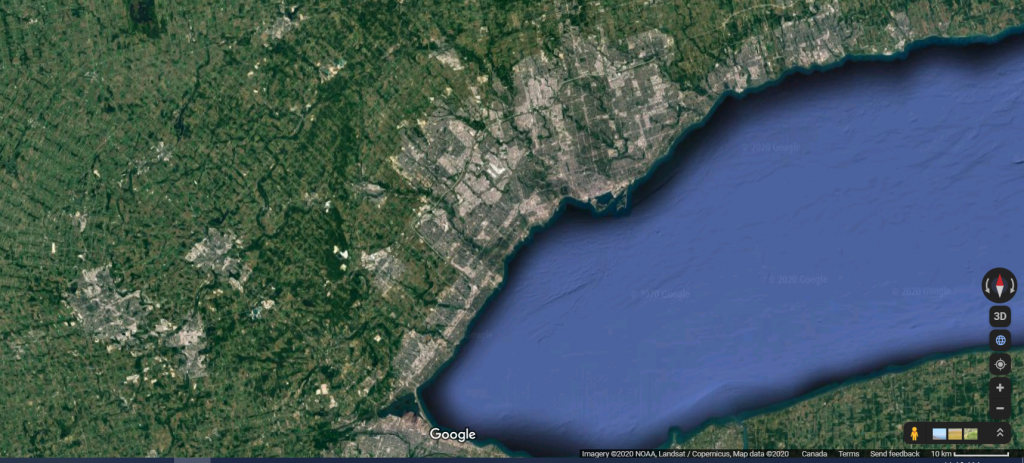COVID-19 and Import Replacement
The Covid-19 Pandemic will have an impact on the project of globalization. For instance, the lack of domestic production of basic medical equipment, chemicals, and prophylactic’s, means that countries must “stand in line” for supplies.
Just-in-time delivery approaches to not just healthcare, but all sectors have left supply chains very thin. People are worried. All countries in the world right now have the same needs, for the same items… yet the economies of the world are largely paused. How can the markets respond to the COVID-19?
Import Replacement.
When everyone in the globe wants the exact same items, the global market has failed. Many nations are starting turning to mobilizations of their populations to manufacture healthcare equipment including ventilators, personal protective equipment, and even victory gardens. This is what Jane Jacobs calls it “import replacement”.
Import Replacement is a process whereby local manufacturers work together to add value to imports. What is imported to the region, is given value, before being exported from that region. This article on OSMO does a really good job explaining the concept of import replacement.
Jacobs cites the environs around Pearson Airport in Mississauga as a good example. Personally, as an entrepreneur for over 8 years running the cardboard design firm Our Paper Life in Southern Ontario I can testify to the capacity of local manufacturers to work together and increase the value of the commodities which are imported, many times over.

In Our Paper Life’s case we worked with often 5 levels of local processing of a base commodity cardboard. The process went from recycled paper to finished product, all within a 100km radius. The cardboard was in Burlington that was made from recycled cardboard of the eastern seaboard of North America. It was then processed in Vaughn, and delivered to downtown Toronto for assembly. Finally it was shipped all over Canada by a logistics company with offices near Pearson Airport.
What governments and nations are now doing is Import Replacement.
For permaculturalists, this holds interesting possibilities. Permaculture's approach is inherently rooted in local thinking, and making. Resources are only limited by creativity. Therefore we may see more interest in permaculture design as a way of creating local economies that are resilient and thriving.
What do you think?